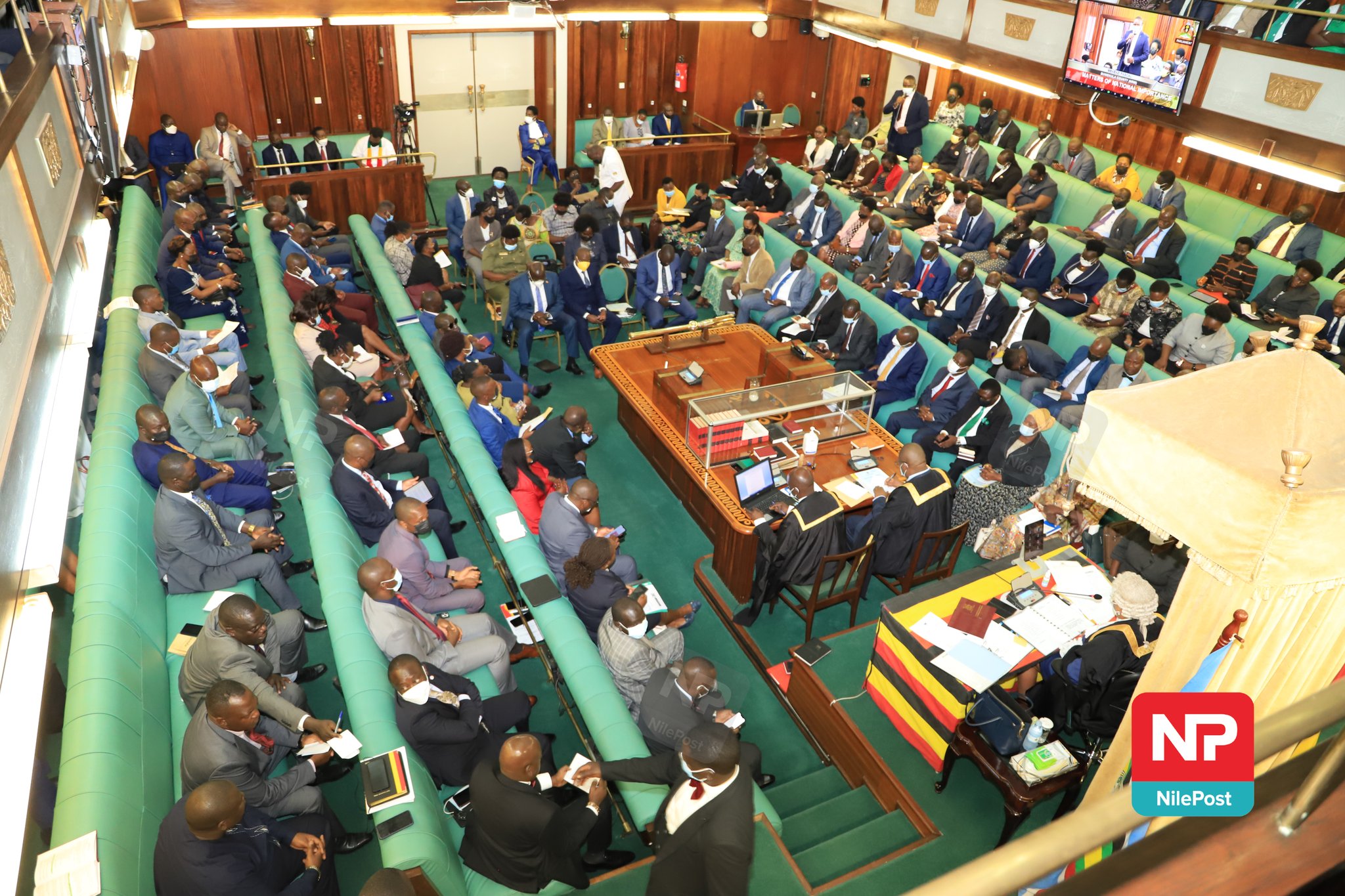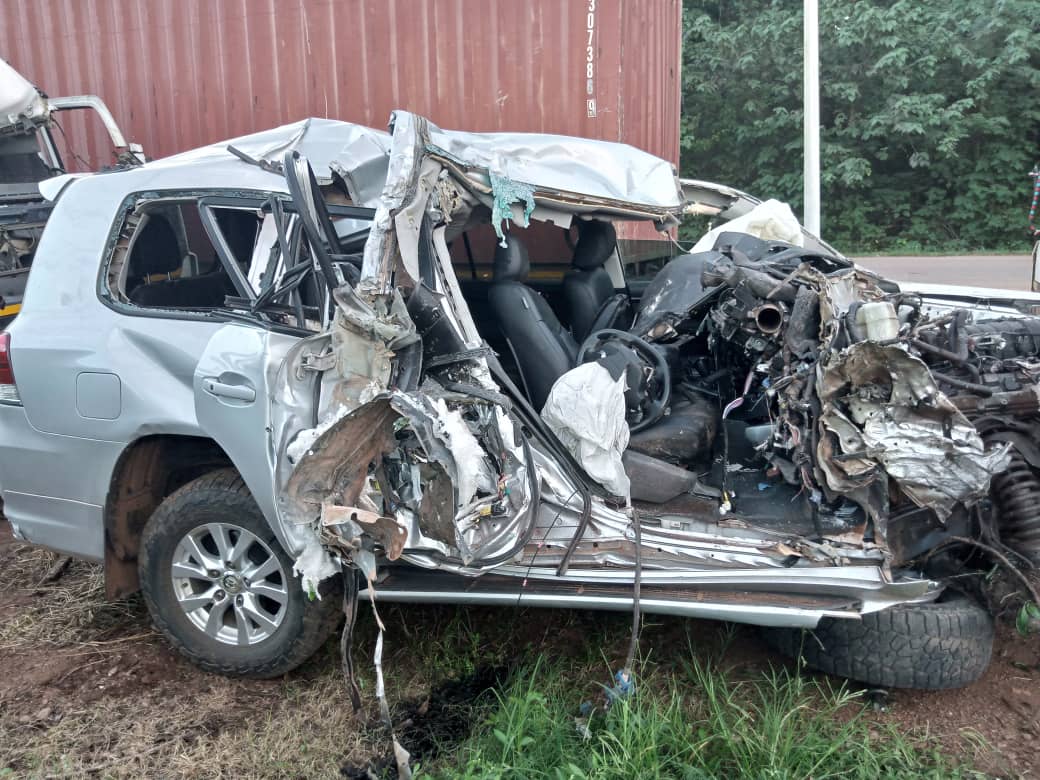Ask the Mechanic: What is a misfire?
You know how your vehicle’s engine should feel and sound. Smooth operation and a consistent exhaust tone are signs of a healthy engine. Then one day it sounds like a garbage truck and idles just as roughly. When this happens, you are likely experiencing an engine misfire.
What is an engine misfire, and what can you do about it? Here’s what you need to know about this potentially expensive type of engine damage.
What is an engine misfire?
An engine misfire is when one or more cylinders in the engine do not fire due to a disruption in the combustion process. Think of it like a firework that goes off as a disappointing dud. An engine operates on a precise combination of air, fuel, spark, and timing. There are many reasons the air and fuel mixture might not ignite properly.
First, it’s helpful to know how a properly running engine is supposed to work. Air enters the intake tract, passing a sensor that takes the air temperature in order to calculate volume. The vehicle’s computer calculates the right amount of fuel to add to the air, and the fuel injectors spray. The air and fuel mix in the combustion chamber, and the spark plug fires at the right time for a proper fuel burn. As the mix ignites, it forces the piston down, resulting in a smooth-running engine.
With so many steps there are multiple things that can go wrong. A cylinder misfire can happen when any of these parts aren’t functioning properly, and the resulting fuel-air mix doesn’t ignite or burn completely. When this happens, the engine doesn’t generate the power it should.
You’ll notice the misfire through vibration, banging sounds and lack of power and smoothness. It’s also damaging to the engine and associated components such as the emissions system. So, get a suspected engine misfire checked out quickly.
What causes a misfire?
Engine misfires don’t just happen, there’s something wrong. Here’s a look at the individual components responsible for proper air and fuel delivery, and how they can go wrong.
Spark plugs
Spark plugs use electricity generated by the ignition coils to create a spark that efficiently burns the air and fuel mix. These small parts can handle thousands of volts, but can wear out, get covered in build-up, corrode, or simply break. The spark fails or is intermittent, creating a shake.
Ignition coil packs and wires
These components deliver up to 50,000 volts to the spark plugs. Like all electrical components, they start to wear out over time. Modern engines usually have a coil-on-plug design, but some car makers remote-mount the coils and run wires to the plugs. These wires can be damaged by heat and cause an electrical short circuit.
Emissions systems
Emissions systems work to limit the number of noxious gasses coming out of the tailpipe. They are usually delicate devices and can fail after years of normal use.
A couple of parts you might have replaced on an older vehicle are the exhaust gas recirculation (EGR) valve, the idle air control (IAC) valve and the positive crankcase ventilation (PCV) valve. These valves are all emissions equipment, and all can cause engine misfires when they fail. A clogged catalytic converter can cause misfires, and misfires can cause a clogged cat.
Fuel injectors
Fuel injectors spray fuel into the engine in precise amounts at the right time. If a fuel injector is damaged or clogged, it can spray an irregular pattern, leak, or not work at all. A fuel injector can cause an engine misfire by not delivering the right amount of fuel on time.
Vacuum leaks
An engine creates a vacuum as the piston moves down the cylinder. This negative pressure draws in air when the intake valve opens, and ideally, everything combusts properly. When the engine has a vacuum leak, it changes the amount of air mixing with the fuel, causing misfires. Vacuum leaks can be caused by a worn-out vacuum hose, or when an intake manifold gasket fails.
Sensors
In addition to the emissions equipment, there are a few other sensors making fast and minor adjustments to optimize the engine operation. A couple of examples that cause misfires when they fail are the intake air temperature and manifold absolute pressure sensors. Like the emissions failures, the incorrect or missing readings generate inefficient combustion.
Other mechanical problems
Among the many reasons to follow the manufacturer’s recommended maintenance schedule, one of the biggest is the timing belt. This critical device keeps the pistons from slamming into the valves. Pistons and valves can occupy the same space, just not at the same time thanks to the timing belt. But a belt that’s stretched or slipped due to negligence can cause misfires. Be sure to have your timing belt serviced on time to avoid this.
Even not driving a car can lead to misfires. If you left your ride sitting for a few weeks while it’s low on fuel, there may be condensation inside the fuel tank. Water doesn’t burn in an engine, and it will cause misfires until the engine can clear all the water, or you remove it.
Signs of an engine misfire
An engine misfire will be obvious while you or your passengers are riding in the vehicle. With a misfire, your brand-new Lexus might drive like a 50-year-old Pinto. Here’s what to look for.
Poor acceleration
With incomplete fuel burn, your engine isn’t developing the power it normally would. With those stumbles and hiccups comes poor acceleration. This could be a minor hesitation, or it could feel like the engine lost half its power. Step on the gas pedal, and the misfires will increase as the engine struggles to rev.
Heavy dark exhaust
If the misfire doesn’t burn the fuel, it ends up exiting the engine through the exhaust ports and igniting in the exhaust manifold or catalytic converter. Those components don’t have the right amount of air for a proper burn, so what comes out of the tailpipe is puffs of sooty dark exhaust smoke that looks different from normal exhaust, which is clear.
Strange engine sounds
Let’s use a V-8 example here. When you have all eight cylinders firing, the engine sounds smooth, one detonation in a combustion chamber blending into the next. However, when a cylinder is misfiring, you’ll hear seven in a row, then the eighth is delayed or entirely missing. This happens several times per second, creating a kind of chugging or struggling exhaust sound. You might hear random pops, as the built-up gas combusts in the exhaust system.
Check engine light
That dreaded check engine light is actually a helpful diagnostic device. When an engine misfires, the exhaust gasses are thrown off. The oxygen sensors read the emissions and record the out-of-range values, and the engine control unit (ECU) stores a code and activates the check engine light. That’s a good thing, as it means the ECU has some potentially helpful info as to what’s causing the issue.
Rough idling
At a stoplight, you can feel an engine misfire as you wait for the green. The improper combustion creates an unbalanced vibration, shaking the entire engine. This rather violent shake travels through the motor mounts and into the cabin, and can be felt in the steering wheel, brake pedal and even your seat. It feels like the engine is struggling because it is.
What to do if you have an engine misfire
How to fix a misfire depends on the underlying issues. This is a potentially damaging situation that is likely to get worse, and more expensive to repair as you keep driving. Have it towed to a trusted mechanic or drive straight there if you must.
Nelson Xavier Ssenyange
Team Leader
Germax Auto Spares & Garage
Lukade Road, Naalya
0779250886/0752088734













